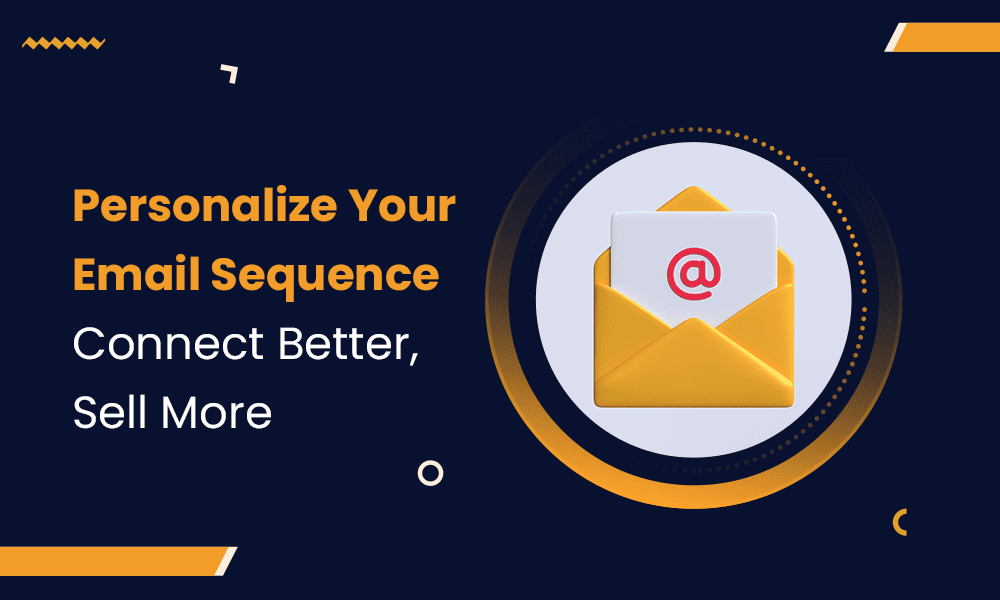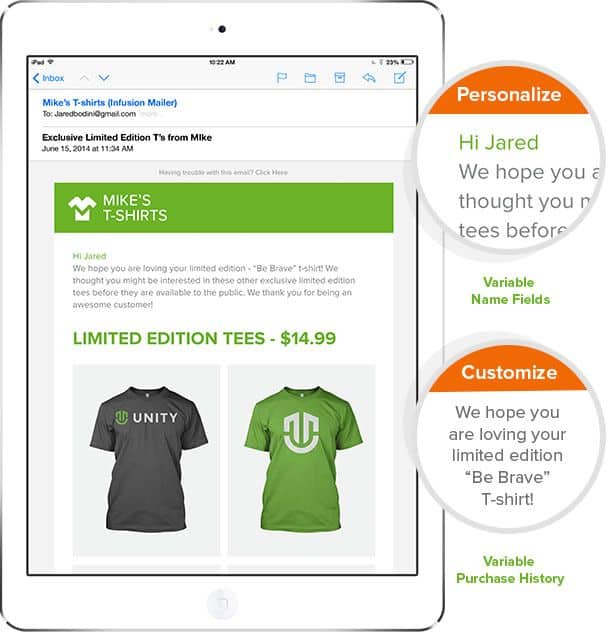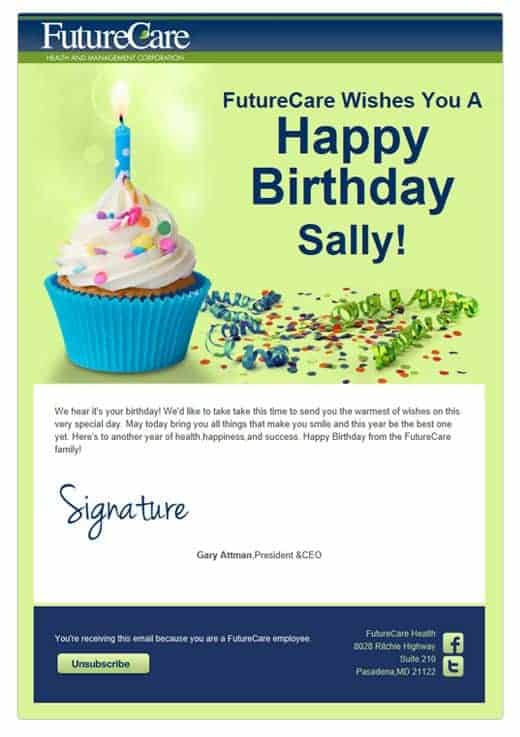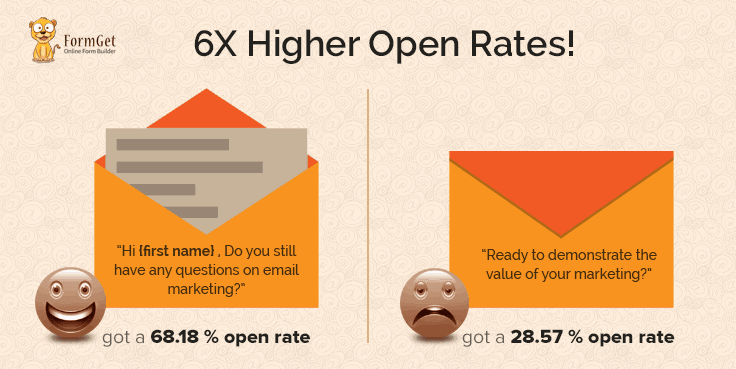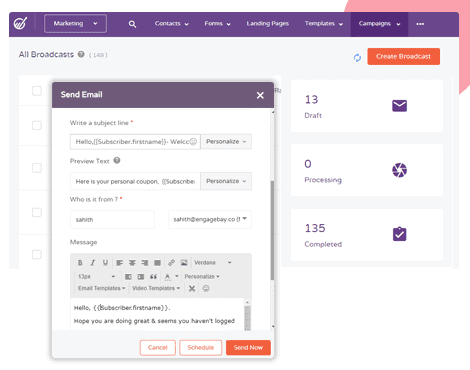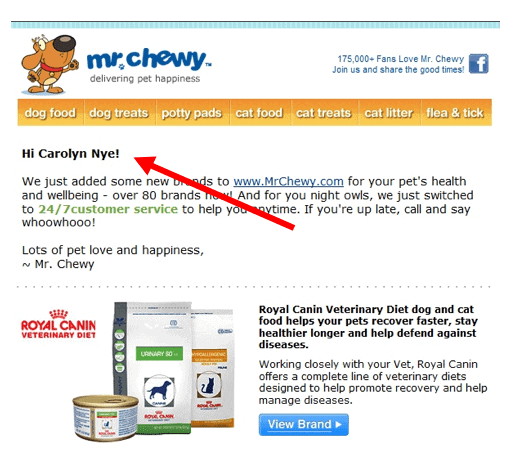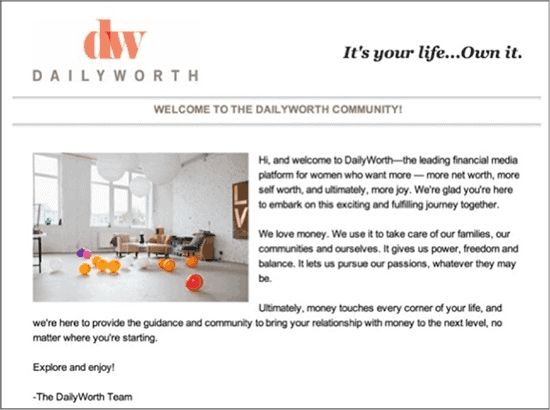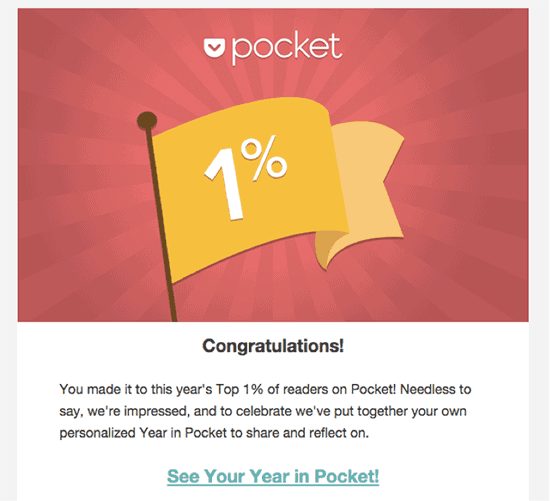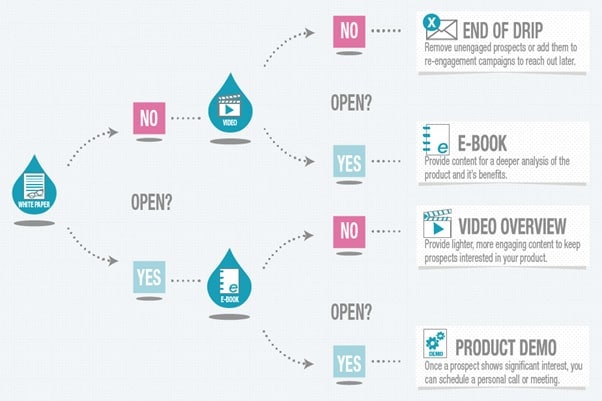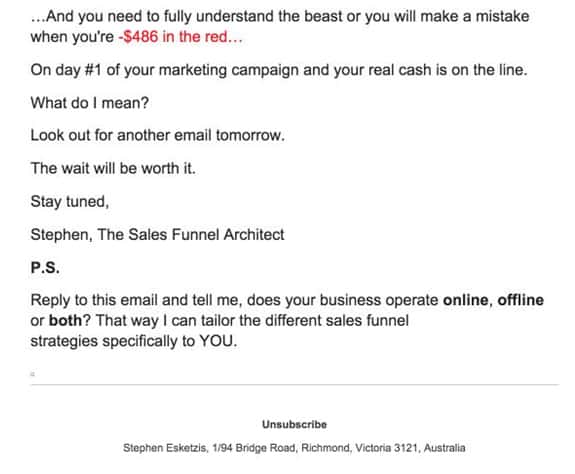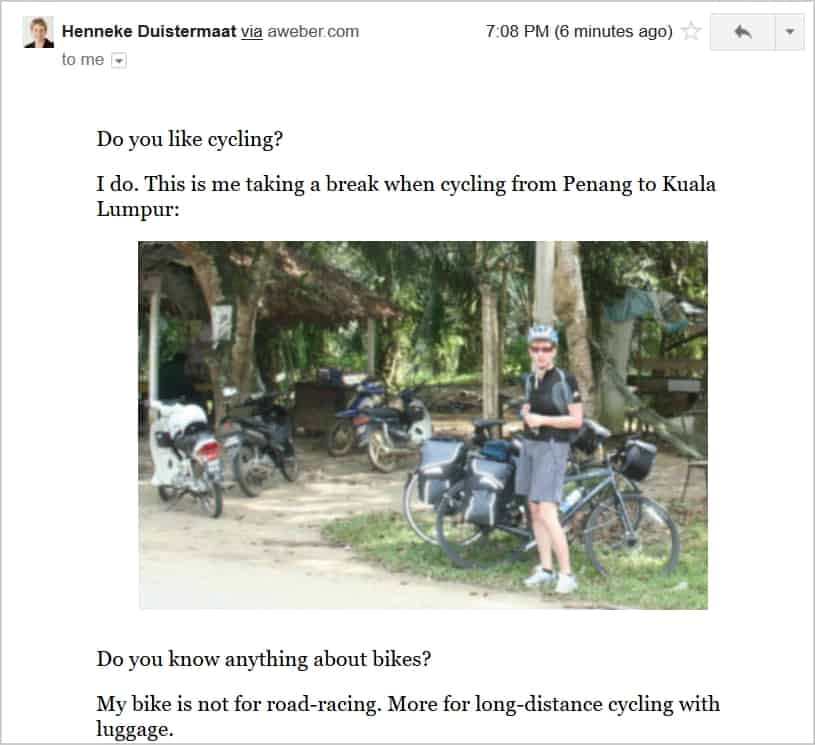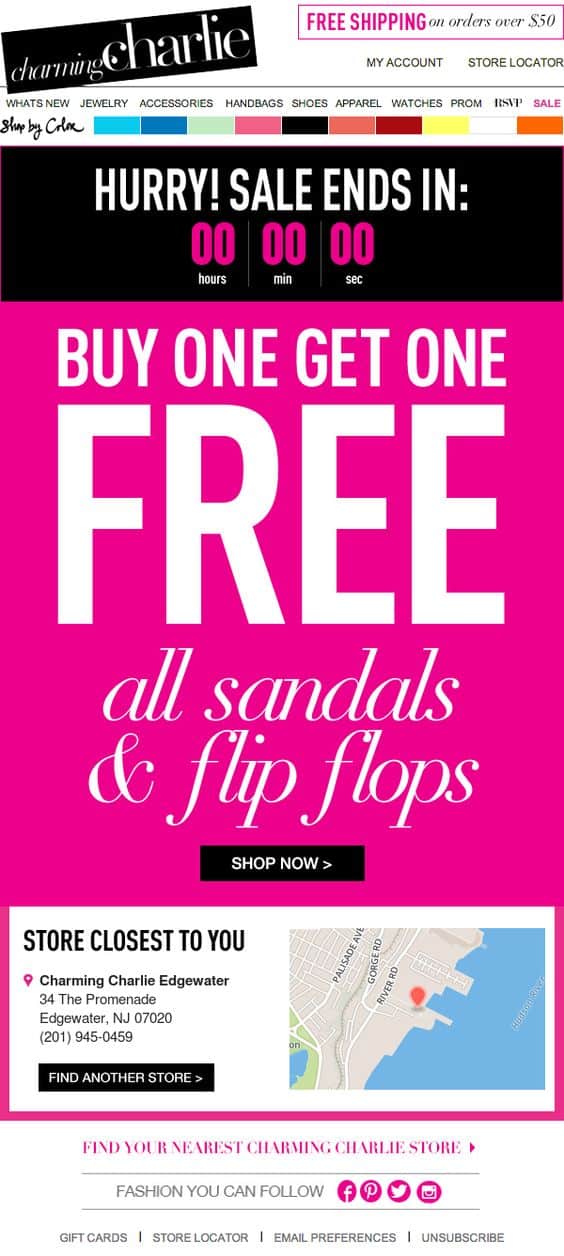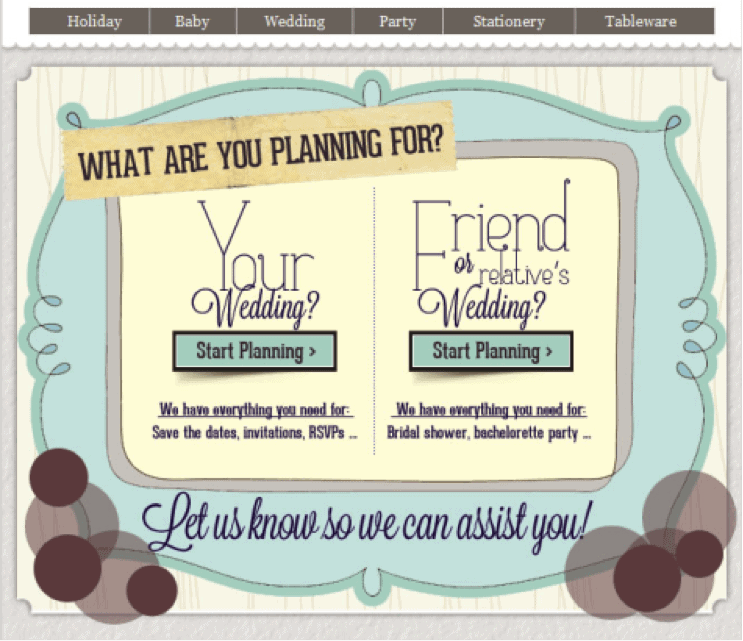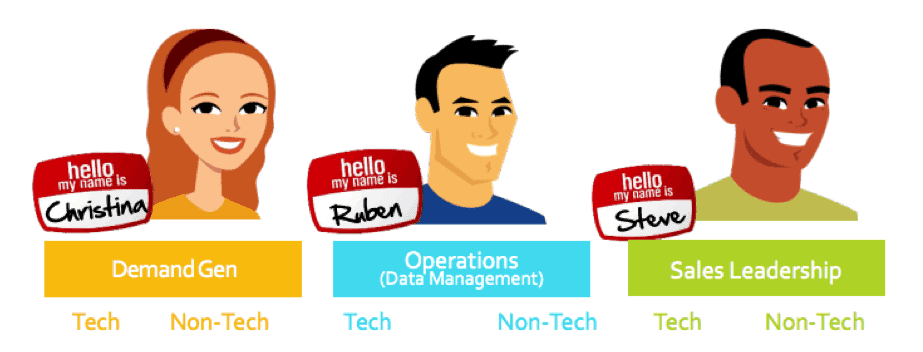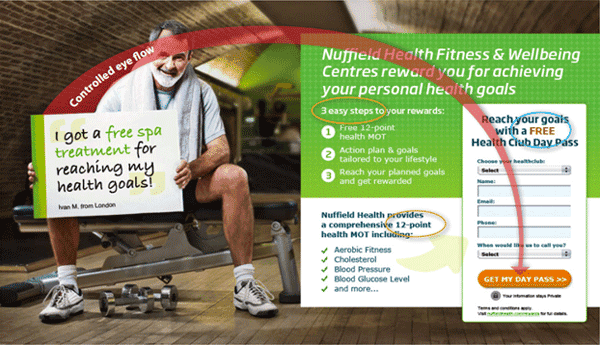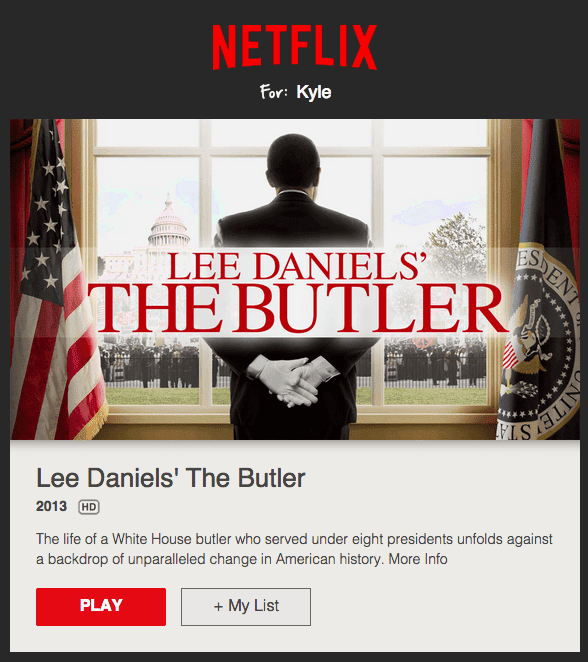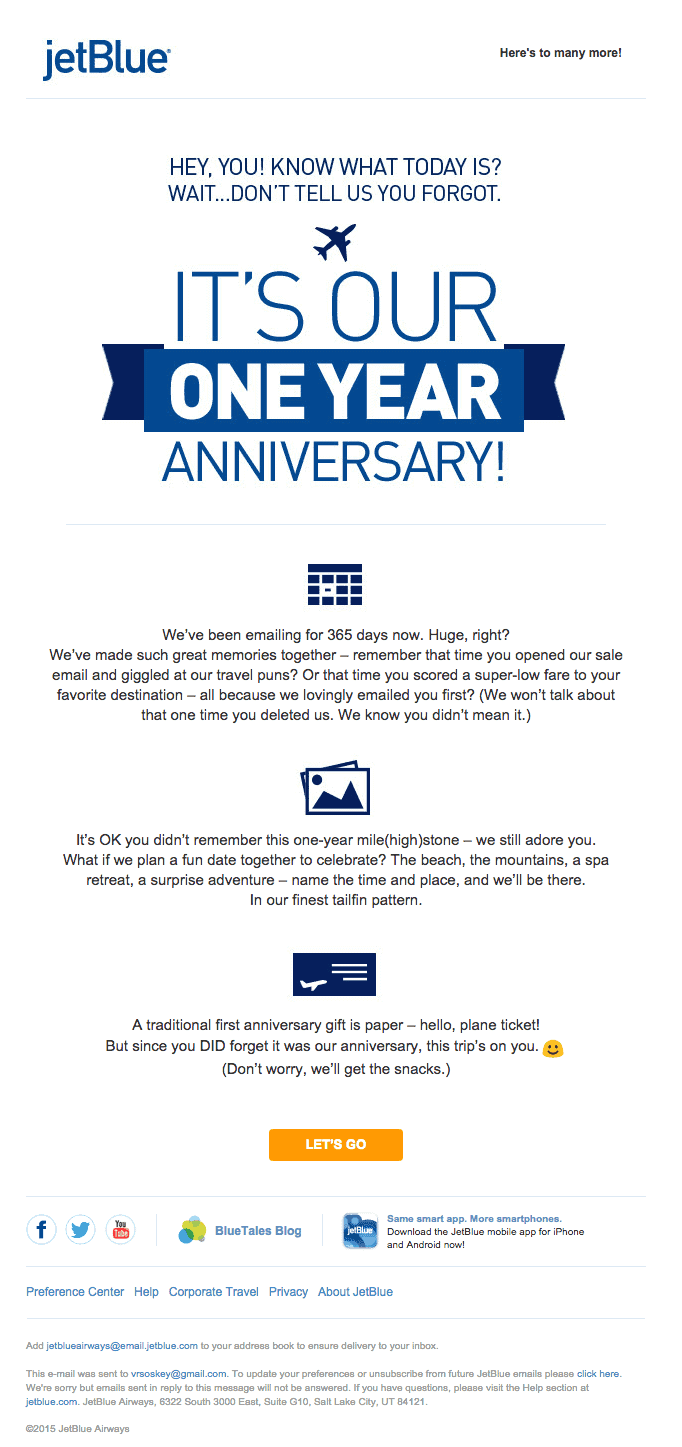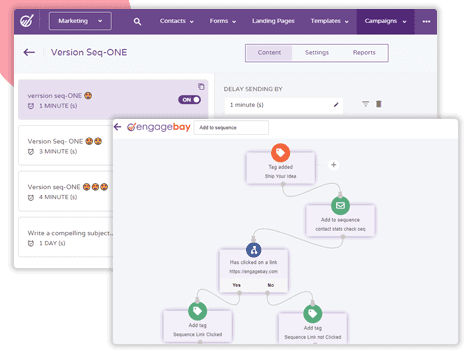If you’re an enthusiastic digital marketer who keeps up with our blog posts, you’re likely well-informed about the significant role of Email Marketing in the realm of digital marketing.
By now, you’re familiar with the investment marketers are making in email marketing strategies and the fruitful long-term outcomes they achieve. In this article, we will delve into the topic of personalizing email sequences in an email marketing tool.
In the realm of Email Marketing, there exist several effective techniques that have proven successful in assisting marketers in optimizing their digital marketing strategies.
Table of Contents
One crucial aspect among these practices is the incorporation of personalized emails. By continuing to read, you’ll discover captivating examples and insights into how email personalization is currently propelling businesses forward.
According to MarketSherpa, personalization of the email subject line can increase open rates (when a recipient opens and reads the email and clicks on the image(s)) by 29.3%.
Moreover, the personalization of the email body content leads to 29.95% open rates and 5.03% click-through rates more than non-personalized emails, as per statistics by GetResponse.
Here are some statistics in support of email personalization (Sender):
- 90% of marketers believe email personalization contributes significantly to profitability;
- 96% of businesses revealed that email personalization improves email marketing success;
- Email personalization lower the cost of acquisition by up to 50%, improves marketing spending efficiency by 10-30%, and boosts revenues by 5-15%.;
- Companies that invest in email personalization earn 40% more money than their competitors.
Doesn’t it feel good to receive a morning wish with your name on it or a personalized birthday greeting from your favorite brand? YES, it does.
It makes you feel special.
Simply put, personalization makes the customer HAPPY. And, that is a large factor that influences a successful response to a CTA, conversion from a prospect to a lead, and retention of valuable customers for lifelong.
So, you can imagine the impact of email personalization on lead generation, sales, and revenue. It influences your digital marketing strategy in a big way.
Let us first understand WHY personalization works.
Read also: Master All the Key Types of Email Marketing Campaigns
The top 3 reasons for the success of personalized emails
A better experience: Customers want data that meet their requirements. Else they will not spend time and effort to read through an email sent to their email address.
Personalized emails provide a better experience to the customer and hence leads to customer retention.
According to statistics, 74% of marketers feel that targeted email personalization increases customer engagement.
50% of marketers feel that they increase interaction with the customer through emails if it is personalized.
Increase in revenue: According to DemandGen, 53% of marketers say ongoing, personalized communication with existing customers results in moderate to significant revenue impact.
This is a big indicator that personalization is a major influencer in email conversions.
Moreover, according to data, there is an average increase of 20% in sales when marketers used personalized experiences for the recipients of their email list.
Emails that are personalized are known to generate a median ROI of 122%.
EngageBay helps you personalize your emails by adding your contacts’ attributes to the emails, rendering a personal touch
Utilization of customer data: Subscribers provide personal information and marketers need to work with it properly to give them back an overwhelming experience.
Based on data from ConversantMedia, a staggering 94% of customer insights and marketing professionals in various industries consider email personalization to be either “important,” “very important,” or “extremely important” for effective email marketing.
Another noteworthy statistic highlights the willingness of different generations to share personal information for the sake of receiving personalized offers or discounts. Approximately 63% of Millennials, 58% of Gen Xers, and 46% of Baby Boomers are open to sharing their personal details in exchange for personalized incentives.
Moreover, personalized videos have proven to be highly effective. Brands have observed click-through rates increase by up to 8 times when utilizing personalized videos compared to standard email campaigns.
According to Adage, 33% of marketers feel that the one capability that will be most important to marketing in the future is “personalization.”
Hence, they have started a focused approach towards incorporating this strategy into their email marketing plans.
Read also: 15 Email Sequence Software To Ignite Your Campaigns
Let’s see HOW personalization can be done
Personalization is not a one-time process.
For better and effective results, email personalization should be done at different levels and through a sequence of emails that are sent to the customer’s email address.
Read also: Marketing Mastery: Email Sequence Examples That Convert
What is an email sequence?
An email sequence is an array of emails that are sent one by one at preset time intervals and based on the behavior of the customer.
They get triggered automatically and needs proper planning to be implemented.
Let’s have a look at some of the important types of email sequences:
Nurture email sequences
These are emails that introduce your brand to the subscriber and maybe you can give them a coupon or discount that they can use.
It also sets the expectation about the frequency of emails that they will receive.
Engagement email sequences
Here, you need to involve the recipient more and create a connection with the brand. You can urge them for small actions to create conversion opportunities.
Conversion or sales email sequences
These are the crucial email marketing sequences.
Here you persuade the subscriber to purchase something or invest and take an action. Keep it simple ad promising, mention value proposition and engagement suggestions.
Read also: 18 Trending Email Marketing Campaign Ideas [+ Templates]
Onboarding email sequences
Once you have got your customer, do not leave them at them.
Keep them informed, show them how their purchase was a good one, and support them in every way you can via the onboarding emails.
Abandoned cart email sequence
This is a great way to urge your customer to finish a purchase and bring them back.
Renewal email sequences
These emails are targeted to bring back subscribers who might have left or are not every action. You can approach them with new deals according to their needs.
Follow-up email sequences
Follow-up emails are sent when a product has been purchased, an action has been done or a follow-up is required for new action.
These are also very important emails to retain the customer and keep them happy.
Follow-up emails can be of different types like Cold and Warm sales followup, the Free Trial followup, Lead Magnet followup, Giveaway followup, Contributor or Promotional outreach followup and others.
Each of them has its own significance and usage.
All these sequences together can be incorporated and automated through a Drip Campaign.
A drip campaign is a series of automated emails that are pre-written and sent to prospects in your email list over time.
It helps in the sales process by saving time and increases sales and efficiency. They are useful for building trust and promoting brand value.
There can be different types of drip campaigns depending on the
Read also: 10 Examples of Email Marketing Strategies That Work
Important Things To Remember About Drip Email Sequences
- Give the recipient a cookie like a tip or something that they can use or do instantly
- Give them one cookie or information at a time. Do not overwhelm them with data.
- Get innovative with welcome emails, don’t use traditional ones
- Write all emails in a follow or in a single session
- Keep emails short
- Add a P.S at the end
- Personalize, but do not overdo it
- Add suspense, see an example
9. Add a personal story in the email
Read also: 9 Proven B2B Email Marketing Best Practices for Beginners
An Example of Drip Campaign
The impact of personalized images
Using images in an email is a powerful and effective way to enhance the performance and success of your automated emails.
According to statistics, 65% of recipients like emails that have images in them, and only 35% like text-heavy emails.
Moreover, personalized subject lines and images compel people to open emails more than any other factor. There are more than one ways to use personalized images in emails. Here are a few unique examples:
Images with first names
These emails can be a birthday or anniversary wish, a product launch, or a new announcement, or even a special offer or discount that will interest the recipient.
Using personal photo
These emails can contain personal images of the recipient if they have provided their information.
Educational institutions can send photos from a student database to send them automated emails to grab their attention for a specific course or curriculum.
Read also: Key Elements Of A Post-Purchase Email Sequence That Converts
Using location on the map
Take a look at how this brand helped the recipient with the store details of the nearest store by using the map location in a personalized mail.
Product recommendations
Based on previous usage history, personalized emails can be sent with shopping suggestions and available offers and discounts. This will make the user keep coming back to your site.
Read also: Learn Email Acquisition From 6 Strategies And 5 Examples
Ways to personalize, other than names
Asking questions
Ask the right questions instead of using names to interact better with your customer. Here is one example:
Making customer personas
These are generic profiles of target website users. This helps in a better understanding of the visitors and a more personalized experience for the customers.
Customizing your business
Personalization doesn’t only mean working with customer data. You can also personalize your brand like your signature with an image etc.
This creates a better human connection and facilitates interaction.
Matching personalized emails and landing pages: It is a good idea to link the emails that are personalized to a specific landing page for better email conversion rates.
There should be a common CTA so that it is easier for the recipient to respond. One brand used this and got impressive results.
Setting up behavior triggered emails
These emails are automated according to how the customer is using your product.
Triggered emails have a 152% higher open rate than normal emails. They have the potential to convert window shoppers to valuable customers.

Examples of Personalized Emails that have worked wonders
Here are some examples of personalized email campaigns that have been received a positive response.
Netflix
Netflix sends personalized emails based on viewing history or browsing preferences. These personalized movie suggestions are a great way to keep the users informed and involved.
BirchBox
Take a look at the header which precisely mentions what is the email is all about. They send personalized shopping suggestions and offers based on your purchase history and who would mind that!
JetBlue
In this email, the brand has used the date to customize a personalized email. Though it has a lot of text too yet something in it will compel you to read on.
Spotify
Here, the brand has given the recipient value-added information or package based on past usage history. Usage of phrases like ‘top listener’ or ‘fist to get access’ invokes interest and increases the urge to read.
Marissa Mayer had said, “To me, the future is personalization.” And, today she has been proven right. Everyone wants to feel ‘special’ and marketers need to tap this emotional need and target customers.
Digital marketing strategies should be designed and implemented with the bigger goal of customer retention, satisfaction, and business growth in mind.
So, it is time to adapt and add a personal touch so that your customers feel special and happy.
How to write a great email sequence
Plan what is the goal of your email sequence
The type and length of content will vary according to the product you sell and your target customer base.
For example, if your product is software, your email sequence will more of on-boarding and follow-up sequences rather than an e-commerce business where it is more of an engagement message and abandoned cart recovery sequences.
Email sequences need to be tested over and over again to check the opens and clicks of messages. This will also give you an idea of where the subscriber is getting stuck.
One more example is when you ate trying to raise brand awareness, focus more on nurturing and engagement sequences which need to be short as well.
On the contrary, while selling an expensive product one should focus on an elaborate conversion sequence.
Use versatile content
Email sequences tend to be set up once and used over and over again. So, the usage of versatile content will make it reusable in different contexts.
For example, if you are in the clothing or the fashion industry and you make a sequence with ‘Top 10 Spring Collection’, it might keep on going to the subscribers when it is still not relevant.
So, email sequences should be more generic yet evergreen content. Evergreen content is timeless (like how-to-guides, personal stories, Company FAQs, etc.) and also relevant (something which the reader can refer to again and again).
For example, instead of using ‘Top 10 painting trends of Spring’, you can simply say, How to paint your house”. Evergreen content helps in more website traffic, better search ranking, and lead generation.
Here are some simple tips to write evergreen content:
a) Define a term or explain something
b) Go to the basics and write about something that has never changed
c) Use dates wherever required
d) Don’t let such content get lost on your website; make them easy to find
Free up your time by scheduling drip email campaigns with EngageBay’s email sequences
Personalize email sequences
It is already known that personalized emails have 6 times more conversion rates, yet 70% of companies fail to implement them.
Mostly all email providers have personalization options but how much you can use depends on your platform and subscriber data that you have with you.
There are many ways to personalize your emails which is an extensive topic itself.
Read also: 15 Introduction Email Templates That Work Like A Charm
Taking Email Sequence to the next level
Combining multiple sequences
Subscribers will not be a part of a single email sequence, hence it is important to combine multiple sequences for optimum result.
This will also help in strengthening brand engagement. Merging website and email usage is also the next step in email sequencing which will help get better results.
Integrating sequences with the sales team
To get the maximum benefit, it is best to integrate email sequences to bring in the sales team as well.
If they move a prospect to a ‘proposal’ stage, an email sequence can be designed to support them through this process.
On the other hand, if the prospect is moved to the ‘lost’ stage, the email sequence will be designed to stay in touch with them and bring them back in when their contract is likely to expire.
Read also: The Surprisingly Easy Guide For Email Drip Campaigns
Conclusion
The implementation of email sequence personalization allows businesses to cultivate a sense of trust and authenticity with their audience. When recipients receive emails that are tailored specifically to their needs, preferences, and behaviors, they are more likely to perceive the brand as attentive and caring. This personalized approach enhances the overall customer experience and fosters a stronger bond between the customer and the brand.
Moreover, the utilization of advanced data analytics and machine learning algorithms enables marketers to continuously refine and optimize their email sequences. By analyzing customer data, such as past purchases, browsing history, and demographic information, marketers can segment their audience into smaller, more targeted groups. This segmentation allows for the creation of highly relevant and personalized email content that resonates with recipients on a deeper level.
In addition, the integration of dynamic content within email sequences enhances the effectiveness of personalization. Dynamic content allows marketers to dynamically update the email content based on real-time data, ensuring that recipients receive the most up-to-date and relevant information. This dynamic approach not only captures the attention of recipients but also increases the likelihood of driving conversions by presenting them with timely offers and recommendations.
In conclusion, the adoption of email sequence personalization empowers businesses to connect with their audience on a more individualized level, resulting in increased engagement, conversions, and overall marketing success. As technology continues to advance, the importance of personalization in email marketing will only grow, making it a crucial strategy for businesses aiming to thrive in the competitive digital landscape.
If you are looking for a complete email strategy for your business, check out our services for effective and affordable solutions.
Looking to grow your knowledge of email marketing automation, here are the best blog posts you should read right now:
